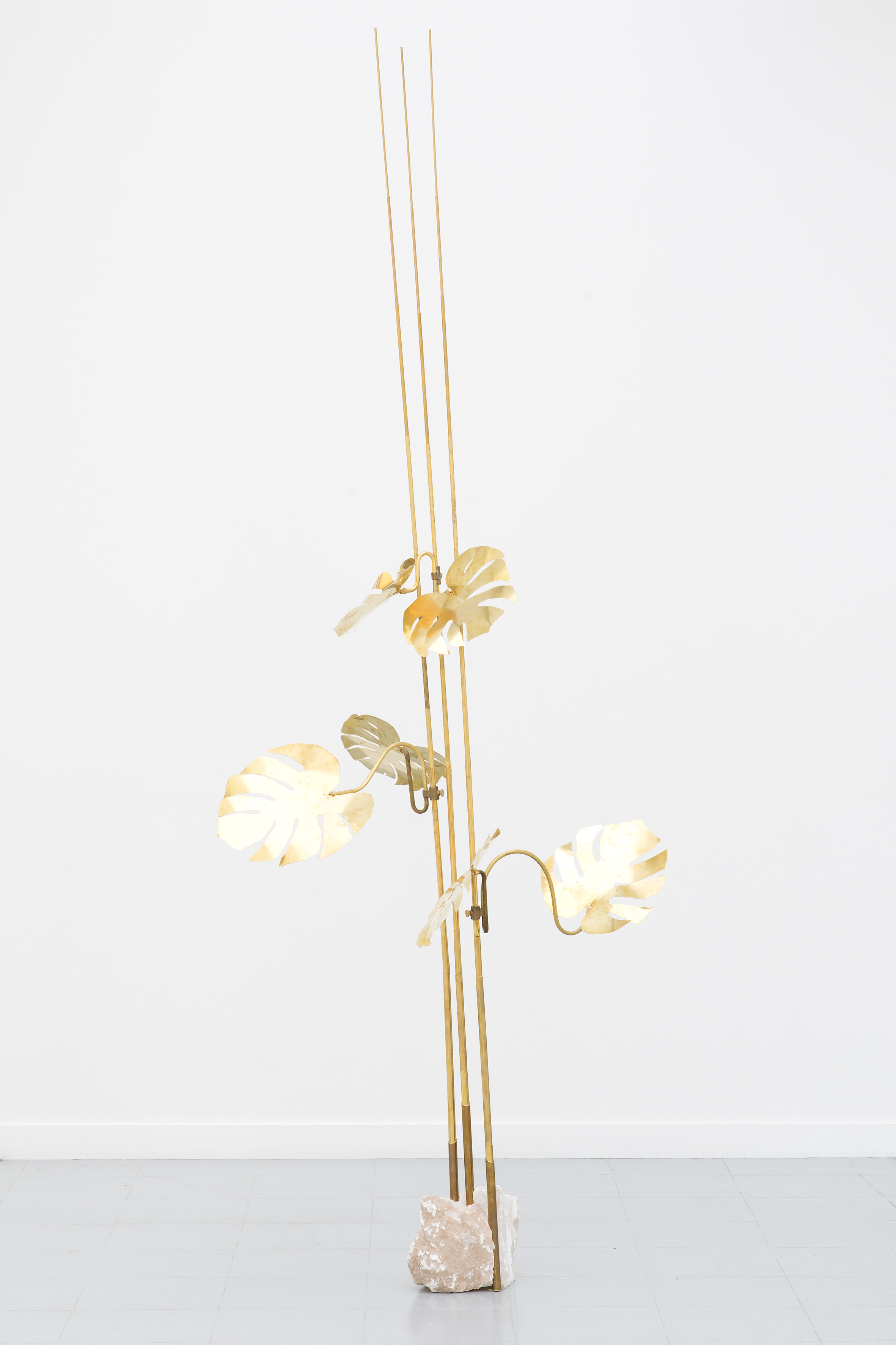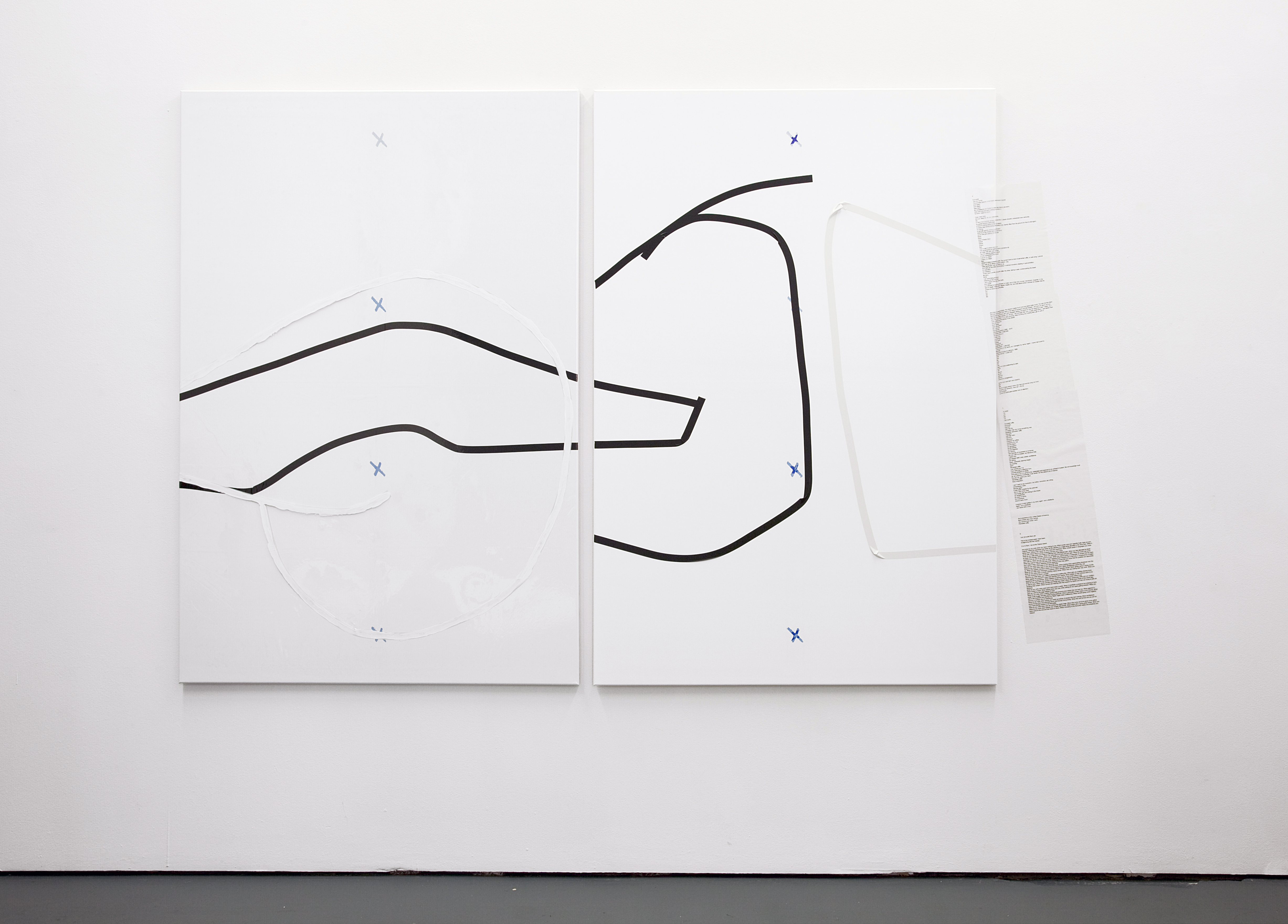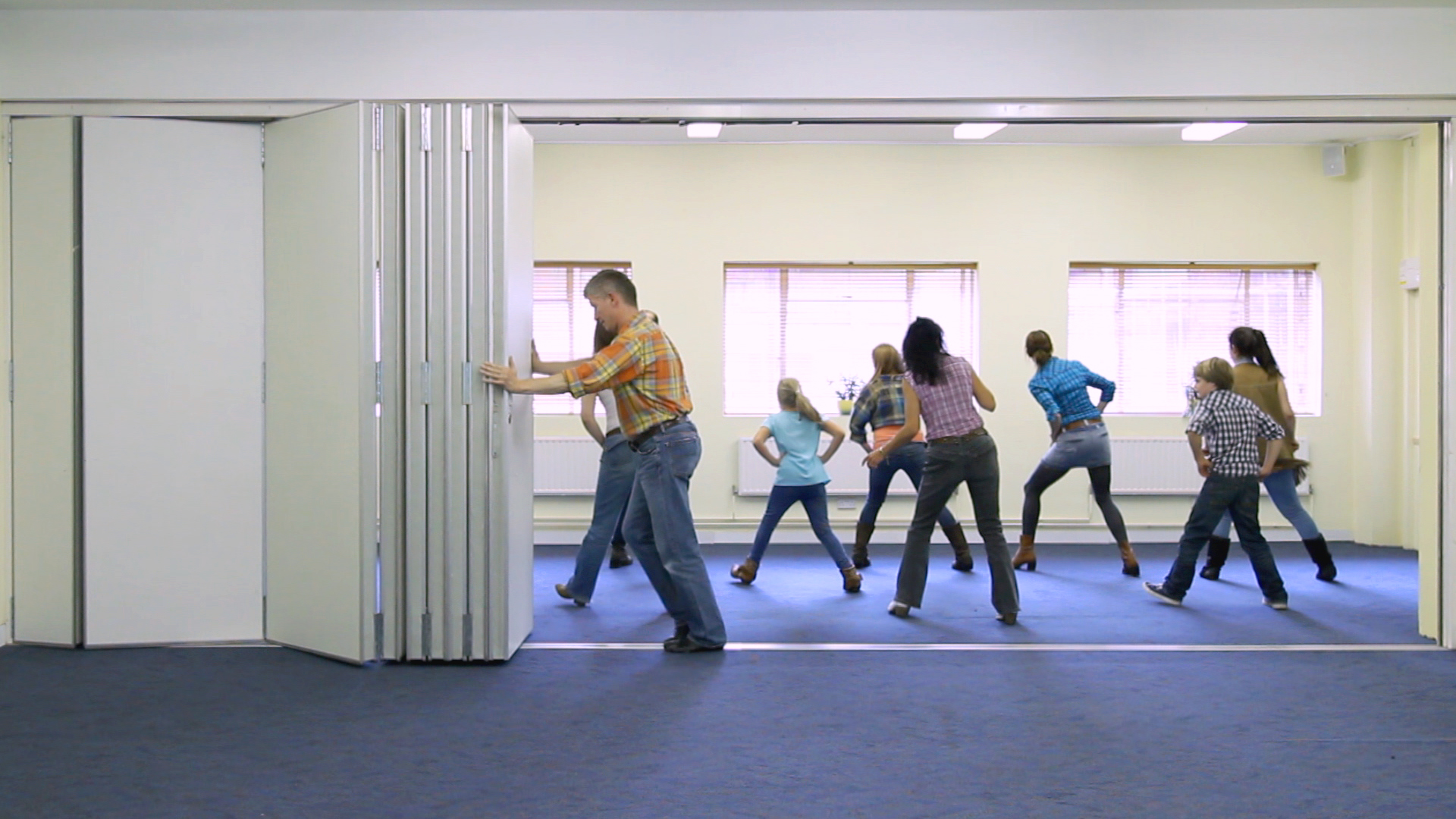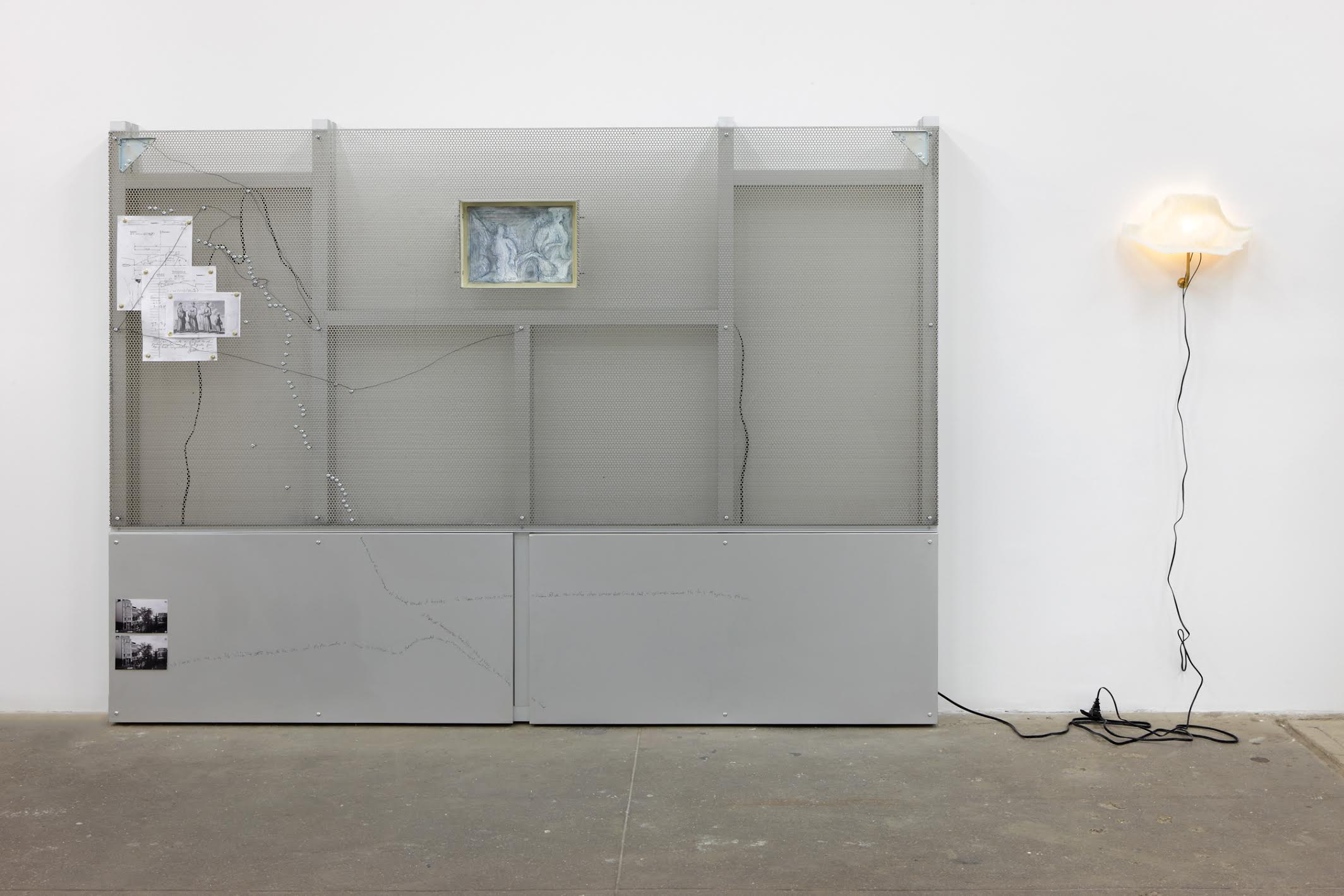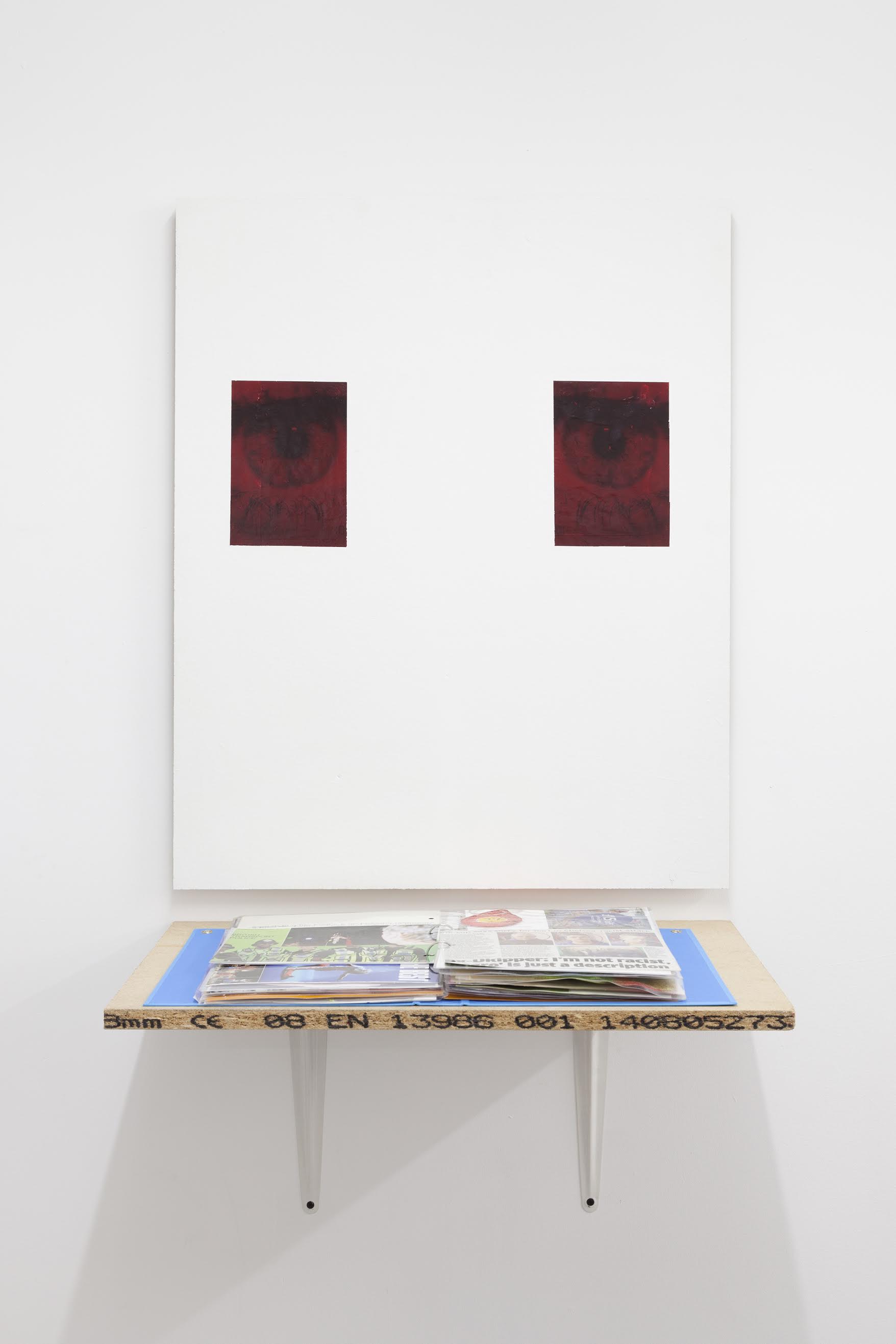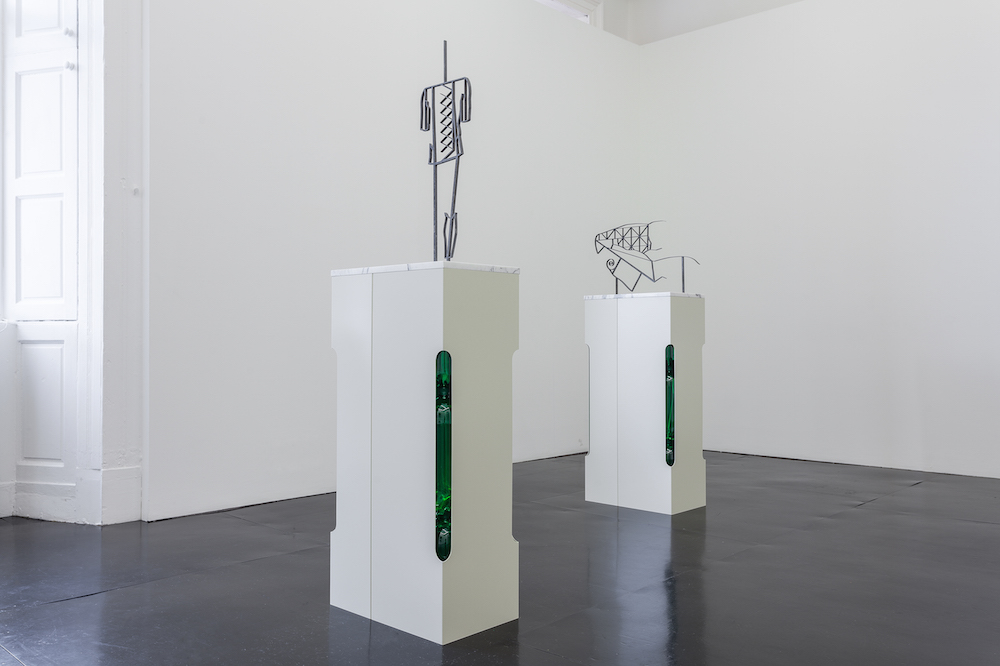Where are you right now (and is it where you want to be)?
Right now we’re in Cambridgeshire attending the closing event of The Fifth Artist at Wysing Arts Centre. A group exhibition of work by Olivier Castel, Jesse Darling, Crabtree & Evans and Alice Theobald, who were all in residence together at Wysing in the autumn of 2014. Alice Theobald is in our forthcoming exhibition at Lisson Gallery, London and this is definitely where we want to be. It’s a chance to see Today left for the sake of coming back tomorrow (or) impossible loves, 2015, a new work by Alice which resonates with emerging themes within The boys the girls and the polit
ical.
Which young artists are exciting you at the moment?
The ten artists presented in The boys the girls and the political are exciting us at the moment. They are artists we have (in most cases) had working relationships with in the past. Many spanning 5 years or more and with this forthcoming exhibition we will present new works from nearly everyone. Aside from these artists, Camilla Wills, Michael E. Smith, Mark Barker and Matt Ager come to mind. We recently curated a solo exhibition at Laure Genillard/Hanway Place of Camilla Will’s work. Her show Licence was the culmination of almost two years of conversation and studio visits and represented a new body of work developed for the show. Her approach to printing and her ability to articulate narratives through the physicality of the process itself is completely engaging. One of the exhibitions that excited us most this summer was Michael E. Smith at Sculpture Centre, New York. The dexterity to which he employs found objects is so focused and sensitive to environment and context that it seems to propose time as an additional element. His work slows your attention and forces a reading of things that feels parallel or other somehow. Mark Barker’s crafted objects articulate human interactions and fragility within an atmosphere of modernism and a historic otherness. The sense of public sculpture and municipal architectures permeating your reading and an aesthetic out of time with the subject leaves these hand crafted artefacts feeling preternatural. They are frequently expanded into narratives that also play out in mesmerizing animations and films. Matt Ager’s exhibition at the RA Schools show really stood out. Although we know little of his practice, the corporate aesthetic and attention to display methods were really interesting. Sculptures that seemed to employ the vernacular of the business conference or the trade show belied his interest in material relationships. His use of cheap materials masquerading as luxury good or exclusive opportunity and inversely the crafted elements made to appear ubiquitous or common place highlighted their deceptiveness. Positioning themselves as an event or a stage, the works pulled you into a misleading proposition that rebounded their duplicity.
What are the key ideas behind The boys, the girls and the political?
Language and the use of language by artists as material is a key theme in the exhibition. It’s not always explicit in the works but as a curatorial conceit the ability language has to be inherently fluid and ephemeral and its capacity to permeate space beyond that of a singular autonomous object is behind much of the work presented. It is certainly extant in our thinking on the subject of how artworks can operate. The boys the girls and the political takes its name from a work by Jesper List Thomsen. It is a series of paintings that have become modular in their recurring and interchangeable pattern and surface and in defying their need or expectation to be unique. Derived from written language whereby List Thomsen describes in text a lived event as a stream of consciousness performative act, the written material generated becomes documentation of an experience much like a photograph. Its transformation into object acts as a vehicle to support the language with the interchangeability of parts becoming the grammatical and structural devise of the work. It is this sense of material transformation, fluidity of potential readings and an artwork’s ability to permeate the whole exhibition, alongside, with and against the wishes of its partners and surroundings that is driving this selection of artists work. The resultant radiation of meanings, associations, overlaps and collisions is a landscape the exhibition is attempting to describe. It is a landscape familiar beyond that of the exhibition alone that describes creative labour, authorship, collaboration and the dissemination of information in the context of technologies and networks not only in artistic practice but in commerce, information exchange, politics and all facets of society. Events radiating out from their genesis rather than in sequential and perpetual forward motion. Ideas not necessarily the unifying element but instead the understanding of how ideas permeate and how they can be put to task pervade the enquiry. A curatorial investigation into approach and thinking within the practice of these artists is given precedence over the presentation of autonomous objects, the exhibition becoming a platform to highlight the agency of cultural production and artistic labour.
Are two curators always better than one?
We have always worked together in this way and rarely curate exhibitions alone. I suppose we would consider ourselves one curator in that respect. To acknowledge the fact that there are two of us though, having a partner to discuss and expand ideas with is certainly useful and is a productive way to work.
Is there enough open collaboration in art?
Collaboration is a recurring theme or proposition in The boys the girls and the political but we talk about collaboration in a number of significantly different ways. There is the obvious set of relationships (Hana and Lynton as curatorial partnership, Lucy Beech and Edward Thomasson, the partnership of Jesper List Thomsen, Adam Gibbons and Lewis Ronald that make up Am Nuden Da and Richard Side’s many collaborative endeavours with Haroon Mirza or Stuart Middleton). Also Elaine Cameron-Weir’s projects with Ben Schumacher expand their practices outwardly but there are others too. Less obvious would be the essential collaborations that take place within working relationships. George Henry Longly addresses the interdependence of design, fabrication and the professional dialogue this develops. Films and video works by Beatriz Olabarietta, Alice Theobald and Beech & Thomasson employ cast and crew, companies of people are assembled to enable much of these works and their shared interests and commitment converge to realise ambitious projects. Cally Spooner works with musicians, actors choreographers, financiers among many others to realise her works. In all cases the input and expertise of all involved is essential in the realization of a work, reliant upon mutual respect, dialogue and ultimately a shared vision where all are invested in an agreed goal. When a work such as Facebook Blue Filler is realized in the context of a group show, complicity and conversation among all parties is essential, that dialogue and resolution a form of complicated collaboration. If you were to trace the origin of the subject matter of Ben Schumacher’s layered paintings, you would find complicated narratives surrounding theatre plays written in collaboration with other artists that were realized in the back of limousines and then given to friends to print over before being finished with the dates and times of other artists exhibitions. All presented as a single Ben Schumacher work. It’s a question of how happy an artist is to let things collide, overlap and disappear into one another. How precious ownership of something is and whether there is as much emphasis as there used to be placed on the autonomous object and its ability to encapsulate a single endeavour within the parameters of a frame or an object. I suppose there is an element of this show discussing an essential collaboration that is woven into the fabric of how we work. Not just in art but in society at large. Everything is a collaborative endeavour, nothing is done totally alone and the artists in this show demonstrate that in their approach and openness to collaborative exchange. We hope The boys the girls and the political discusses these observations in a similar way. Our approach to curating has always endeavoured to be a collaborative gesture, allowing the artwork to guide our practice and in turn offering our interests and research to inform a reading of the artist’s work.
The boys the girls and the political is open at Lisson Gallery until 5 September 2015.
